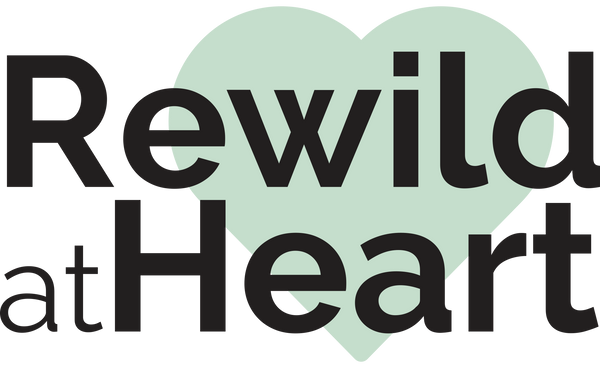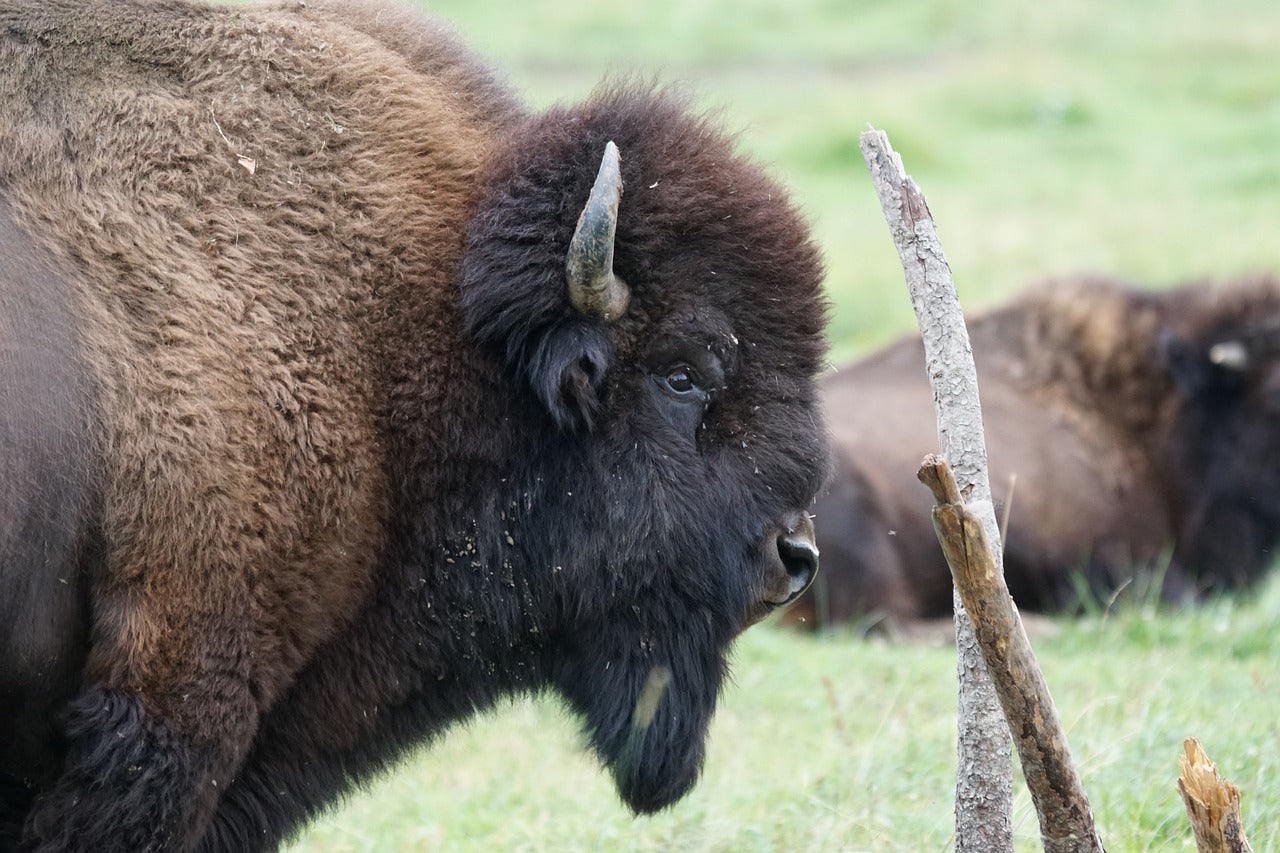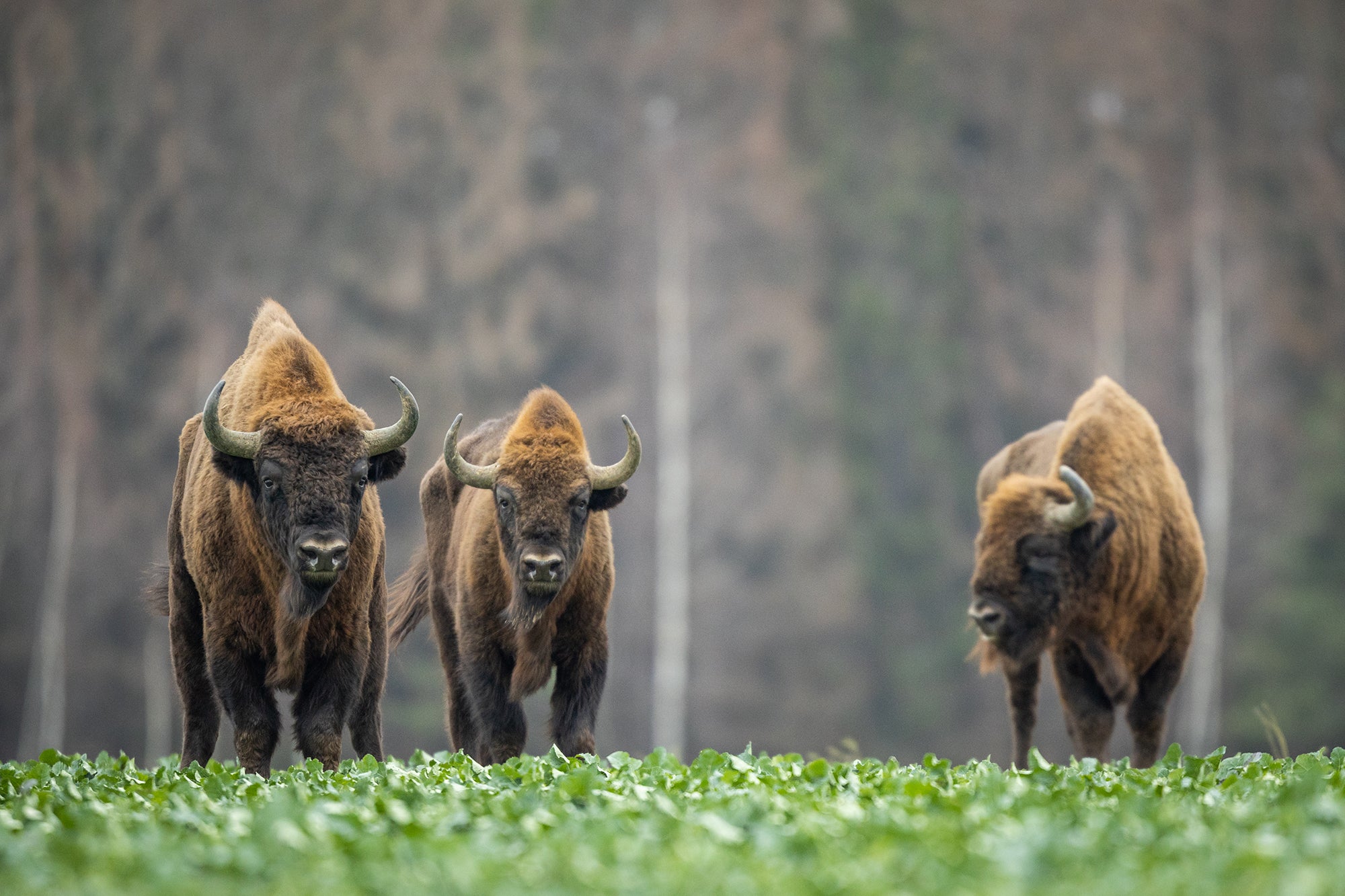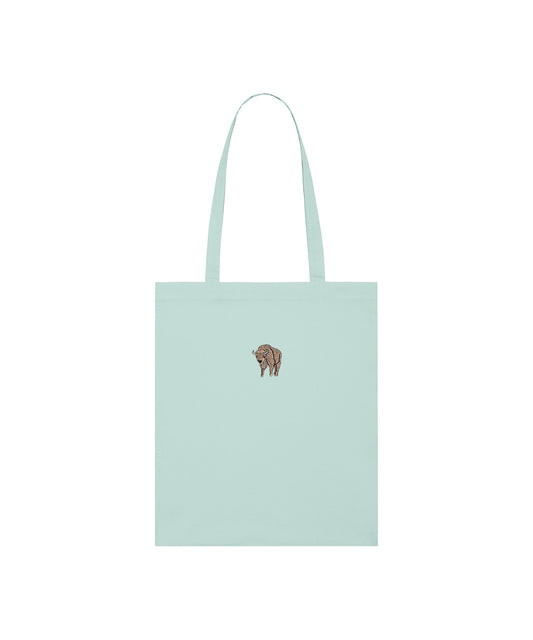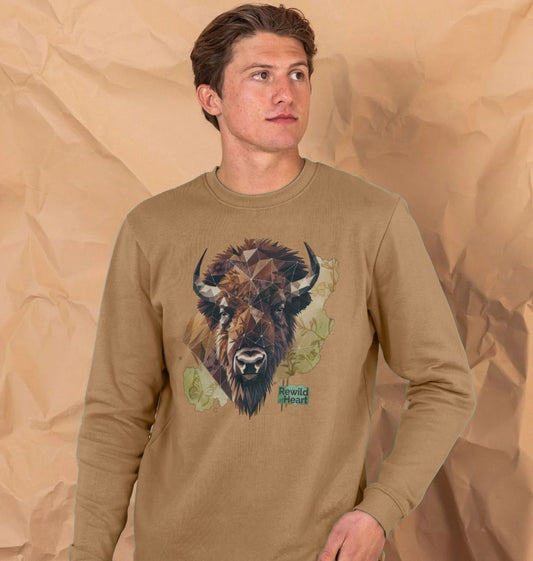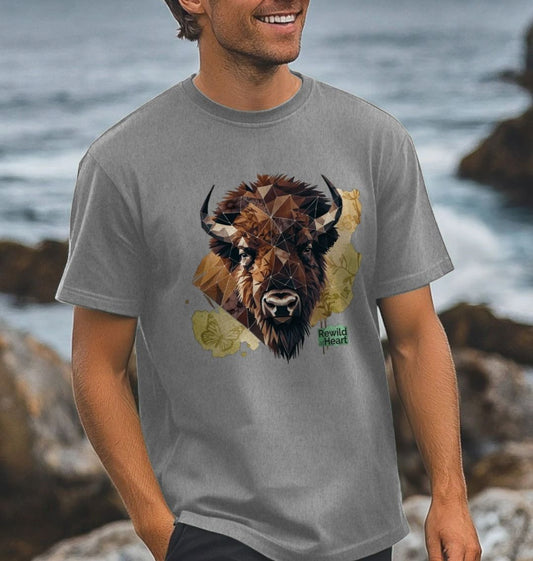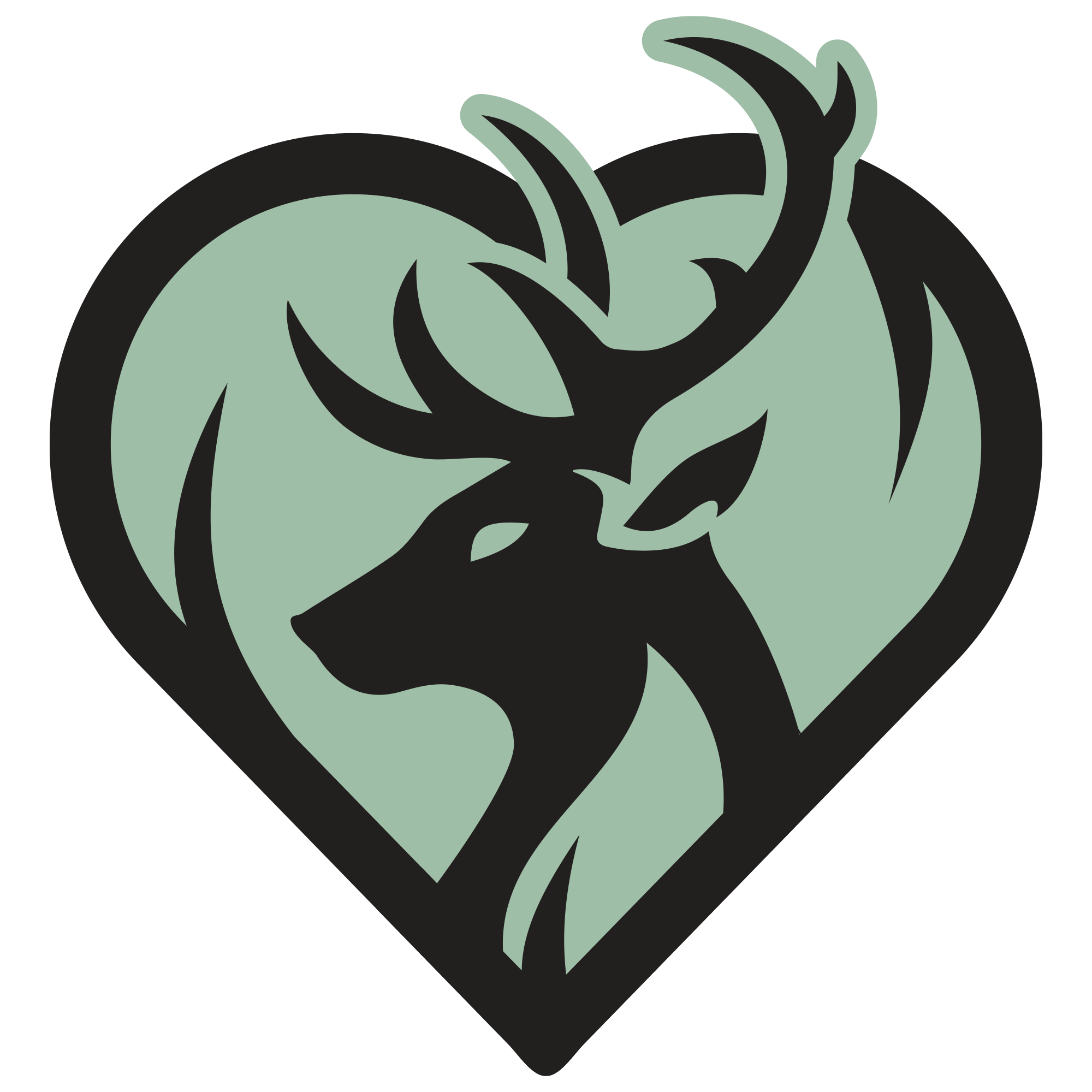European Bison
Once extinct in the wild, the European Bison, or Wisent, is making a recovery throughout its native range.
Full Name: European Bison
Latin Name: Bison bonasus
Classification: Mammal
Adult Weight: Males typically weigh between 400 to 920kg (nearly a tonne!), while females are slightly smaller, 300 to 540kg.
Adult Length: Up to 2.9 metres from head to tail, and up to 2 metres tall (about 6'5)!
Lifespan: Usually between 18 and 24 years in the wild, though females live longer than males.
Preferred Habitat: Forests with meadows and glades, which, as keystone species, they help to create and maintain through their natural behaviour.
Status: Once extinct in the wild, the Bison was reintroduced from the small group of captive individuals.
